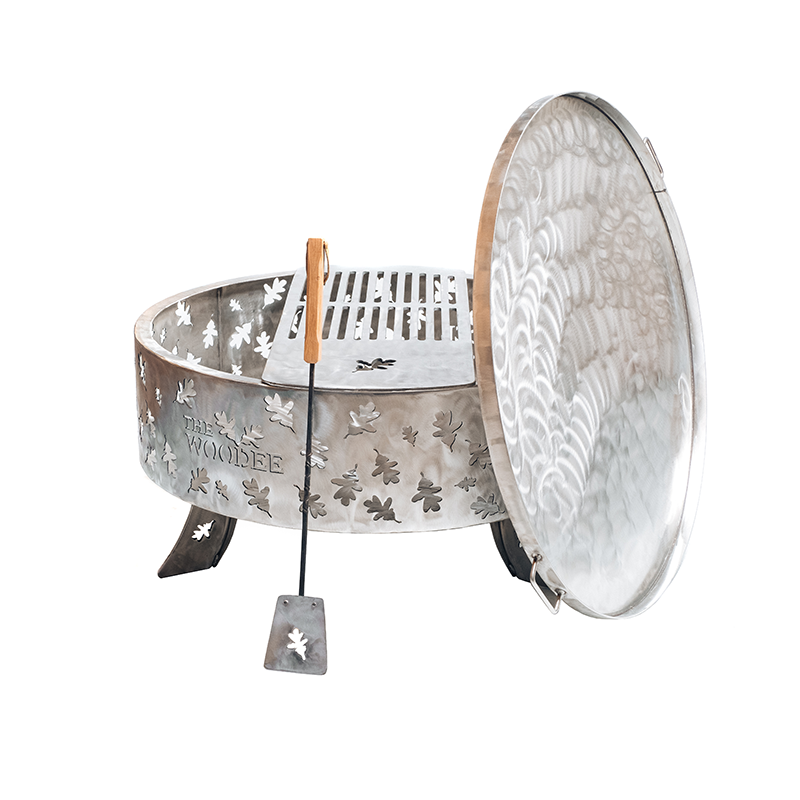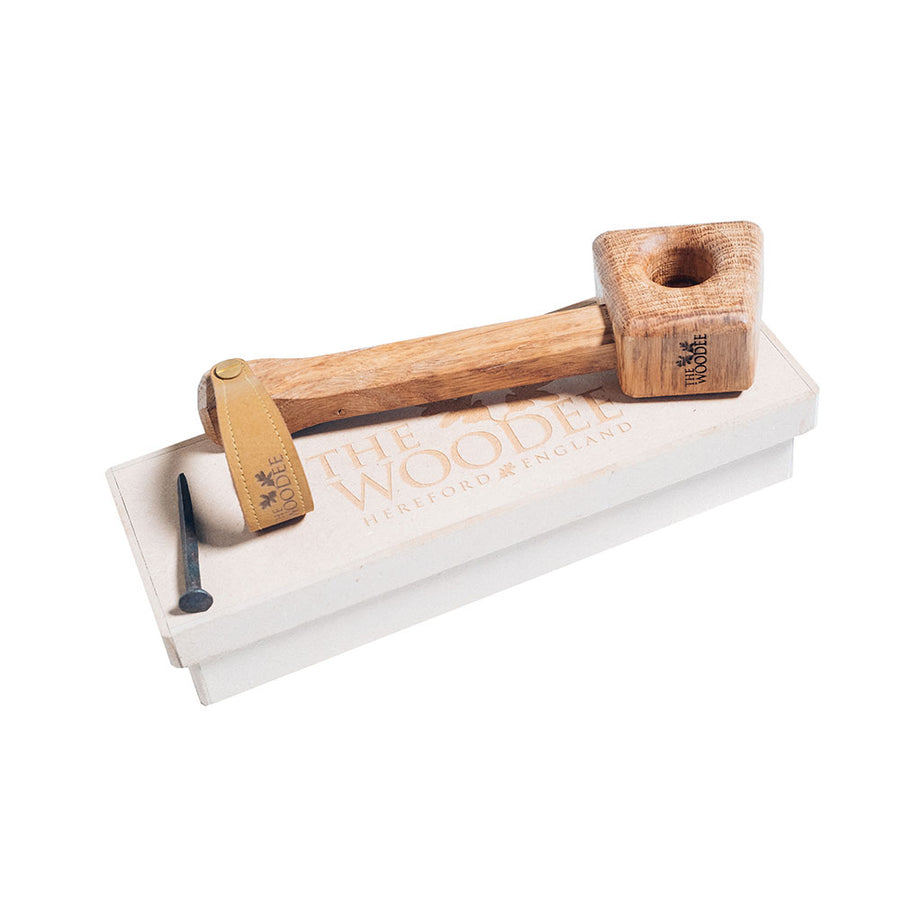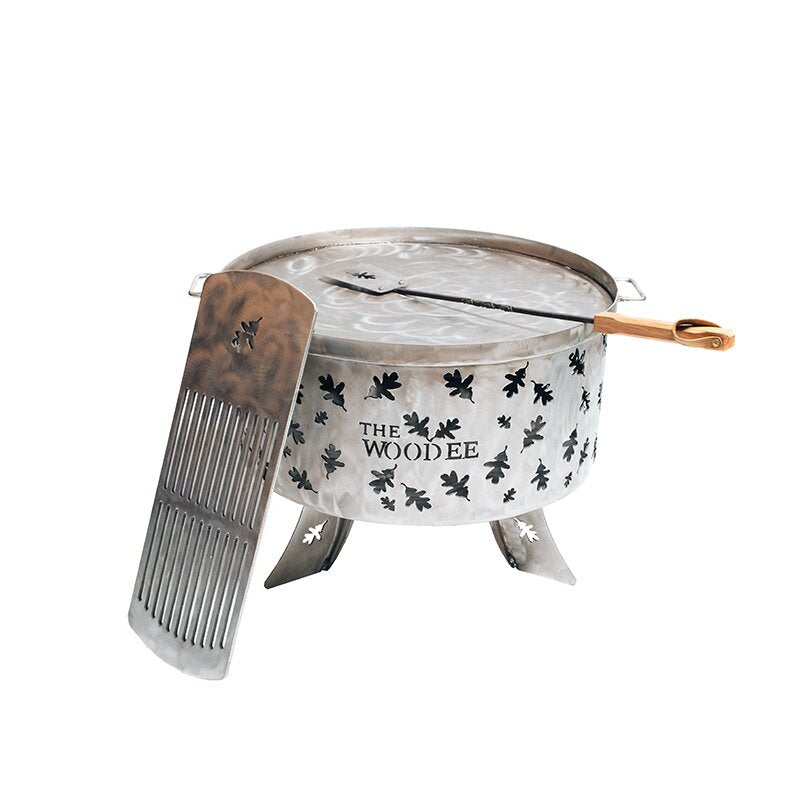How to season and dry your own wood
If you have access to your own supply of wood, how should you properly season and store it?
Freshly cut wood can have a moisture content of up to 50%. Before you burn it, it needs to be below 20%. Therefore you need to ‘season’ the wood by actively helping it to dry out. The simplest way to do this is to chop and stack it properly, allowing a good airflow which will help the moisture naturally evaporate. This can take anywhere from six months to two years, depending on the type of wood and the thickness of the logs. Softwood which is less dense, such as fir, cedar, elder and spruce dries faster, whereas hardwoods such as oak, ash, birch and cherry which are denser can take up to two years.
The first thing to consider is where you are going to site your log pile. It needs to be at least five feet from your house. If you have a natural shelter such as a tree, fence or hedge this will offer some protection from the rain whilst allowing the much-needed airflow. The ends of the log pile need to be exposed, so don’t be tempted to box it in or this could result in moisture getting trapped and mould setting in. The logs need to be off the ground, again so air can circulate and so that you don’t get moisture rising into the wood through capillary action; so think about using an old pallet or some long battens to set the first layer of logs on.
If you are chopping the wood yourself, now is a good time to get the size right. Logically the smaller the logs, the larger the surface area of the wood and the faster it will dry. Wood for your fire pit is better cut into smaller logs which will ignite faster and produce less smoke. Logs for a wood burner can be larger but check your stove size. Logs that are too large will take too long to get going and can smoulder. Chopping the wood into smaller logs can be time consuming, but at this time of year, it’s a great way to keep warm outside!
When you are ready to start stacking your wood, there are a couple of rules to follow. Firstly the log pile should be only one log deep and secondly, the ends of the logs need to be facing outward. Again this is all about allowing free movement of air. It’s a good idea to stack the logs bark side up as it gives more protection from rain, but it’s not essential, especially if you are storing them in a log store. To give even more airflow crisscross some of your logs – yes it might upset the uniform display, but again you’ll be grateful in the long run. Ideally, you don’t want to stack your logs higher than waist height, and if it is a large stack, consider having some retaining poles at each end – the last thing you want is for your log pile to come tumbling down on an unsuspecting toddler.
Finally, think about a cover. This should just be for the top layer of wood. Don’t be fooled into tucking it up tightly, it will only trap moisture and start to rot. A top cover, either a tarp or piece of board, will stop the majority of rain and snow percolating into your stack, but will allow the wind and sunlight to reach the rest of the pile. In warmer weather, you can remove this altogether.
To check whether your logs are dry enough to burn, pick a couple up and look at them. Dry wood is paler in colour, has more splinters and cracks in it than wet wood and is lighter in weight. It also sounds different. Tap two of the logs together and dry wood will give a clear knocking ring, rather than a dull thud. Again, also bear in mind the type of wood you are drying, it will need a bare minimum of six months. Want something more accurate? You may like to invest in a moisture meter. These can give an accurate reading of the moisture content of the logs and can be very helpful to ensure we only burn wood that is below 20% moisture.













Leave a comment